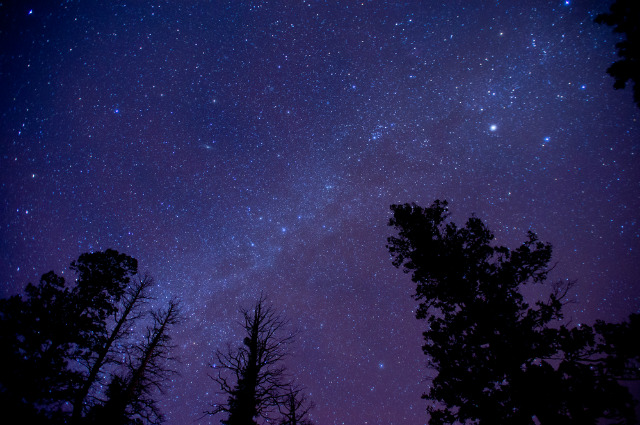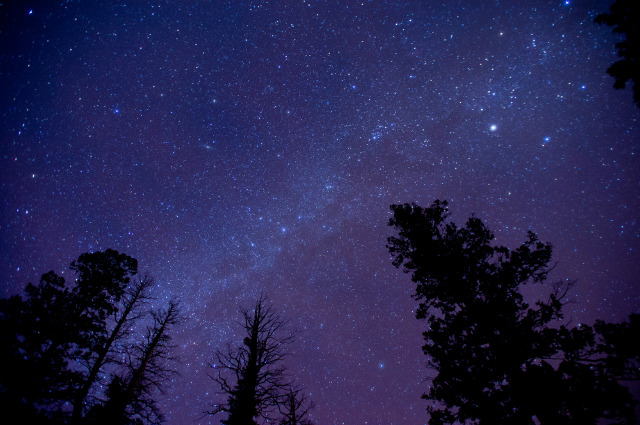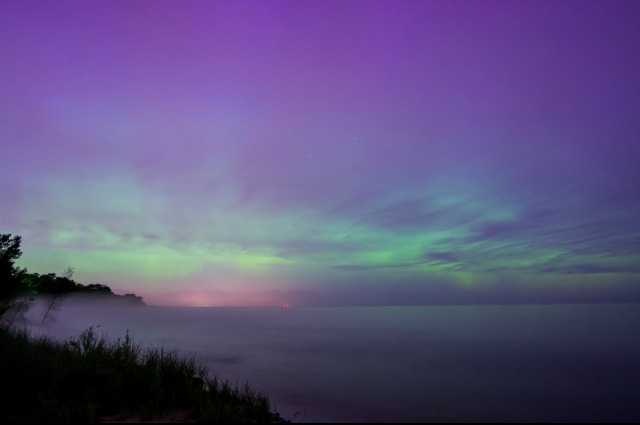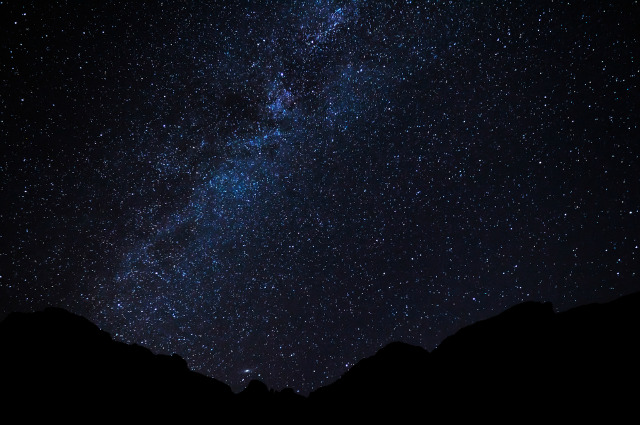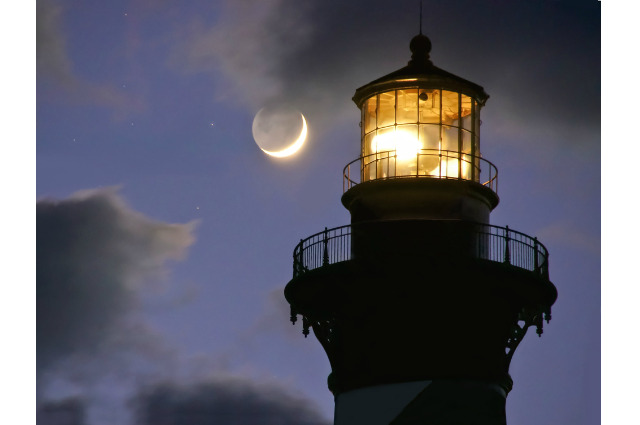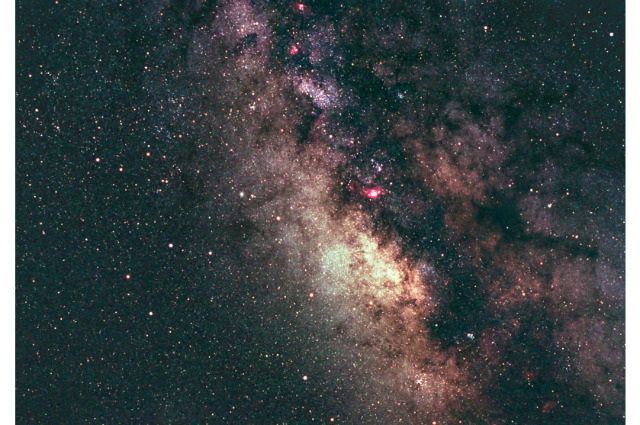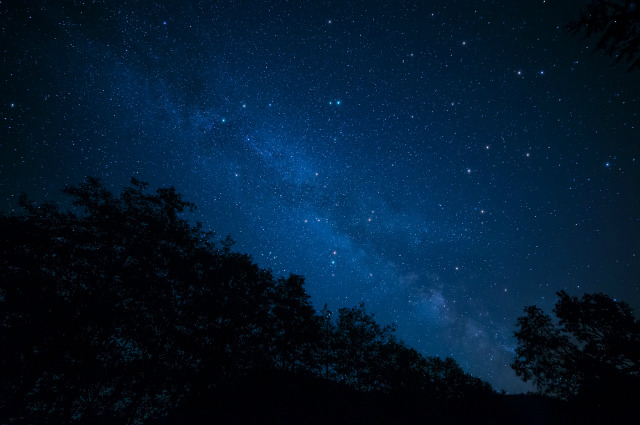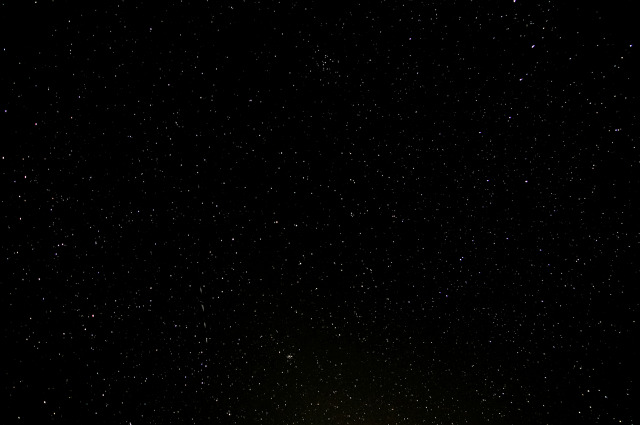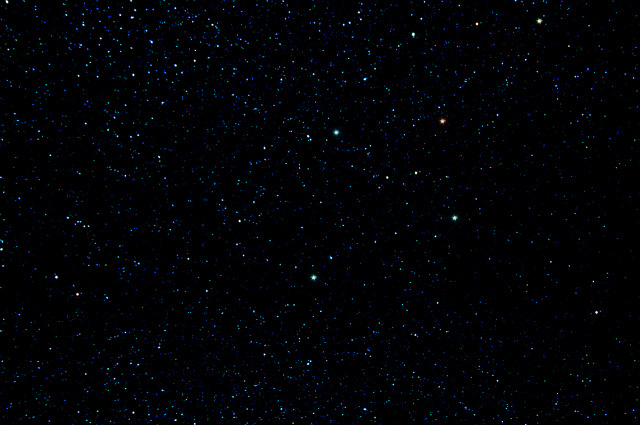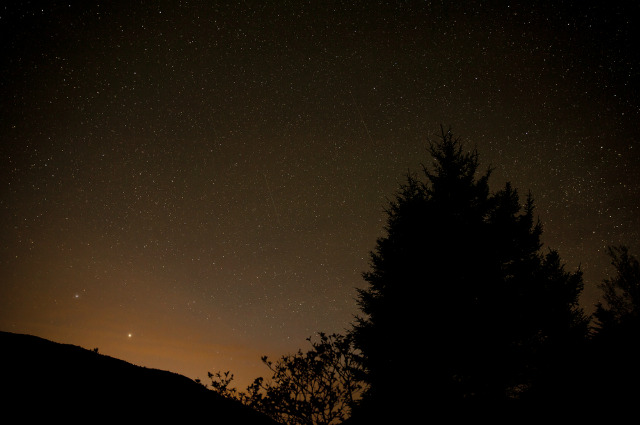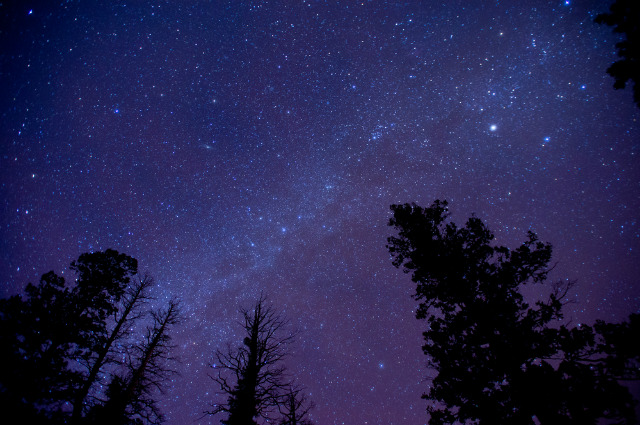The 10 Best Places For Stargazing In The East
The Best Places for Stargazing in the East
While you might not have the best view from your back porch, there are still places across the U.S. where you can get a great view of outer space. Though the west is best known for their lack of light pollution and great views of constellations, the east also has some notable star sanctuaries.
A few tips for getting the best view include stargazing in the winter, when the skies tend to be dry and clear. The absence of moonlight also tends to help when viewing the stars, so try to spot stars during new moons and crescent moons. And finding a mountain or otherwise open space, away from artificial light is a big help too.
Now that you know when to go, check out these 10 amazing places to see stars in the east. From Florida to Maine, these spots provide jaw-dropping views of the world above.
Shenandoah National Park, Va.
With this popular park set just 75 miles from the epicenter of Washington D.C., it would surprise many to find out that you can still get a great view of the night sky. On clear, cloudless nights, though, the view is spectacular. The high elevation in the Blue Ridge Mountains and relative remoteness in Shenandoah National Park offer visitors some of the best conditions in the area. Visit the park for 200,000 acres of pristine mountains, waterfalls and wildlife and then attend one of the special presentations on the night sky from adjunct astronomy professor and NASA JPL Solar System Ambassador Greg Redfern.
The Headlands, Mich.
Set at the very tip of Michigan's Lower Peninsula, this 550-acre park is on the water and offers some of the best night sky views in the east. In 2011, The Headlands became a Silver-Certified International Dark Sky Park and the following year, the Dark Sky Discovery Trail was established to lead visitors from the entrance to the Dark Sky Viewing Area. The park is always open and always free—check out the calendar of events and visit to see thousands of stars and, if you're lucky, a view of the Northern Lights.
Grafton Notch State Park, Maine
Sit among the peaks and gorges in Grafton Notch State Park and enjoy some of the darkest skies in the northeast. This park set in southern Maine doesn't have the same level of programming around astronomy that others on the list do, but "low-impact" camping is allowed on the public lands, so it is possible to enjoy the sky through the night.
Cape Hatteras National Seashore, N.C.
This national seashore is said to have some of the darkest skies on the Atlantic and one of the most interesting atmospheres for viewing. Sitting on the beach, watching the stars appear in the sky, you might notice the water start to glow—the stretch of shoreline is home to bioluminescent plankton that put on a show in the shallows. If you're interested to learn, there are programs (and moonlight hikes) arranged for the summer and fall.
Cherry Springs State Park, Penn.
Among the best known spots to enjoy the night sky, Cherry Springs State Park is regularly referred to as one of the darkest spots east of the Mississippi River. In 2008, the 82-acre park was named to the list of Gold-Certified International Dark Sky Parks. The park itself is set on a hill, surrounded by state forest, which helps eliminate light pollution and provides great views. Occasionally, when conditions are great, the Milky Way is so bright that it casts shadows on the ground.
Staunton River State Park, Virginia
Recently designated as Virginia's first International Dark Sky Park, Staunton River has been a prime spot to stargaze for years. The Staunton River Star Party, held each fall, is a tradition that celebrates camping under the stars and the beauty of the night sky—and it's been gaining popularity. The star party and the park's outdoor lighting policy helped win them the designation and there's never been a better time to see the park (and the views of the stars) for yourself.
Geauga Observatory Park, Ohio
Though technically located in the mid-west region of the U.S., Geauga Observatory Park is considered part of the east when you split the county in half and the view of the night sky is incredible. The park that started as a small piece of land with a single telescope has grown into an International Dark Sky Park of more than 1,000 acres with an observatory, two telescopes and information on the history of astronomy in Ohio. The park still offers awe-inspiring views of the night sky, but now has the resources to arrange educational programing too.
Big Pine Key, Fla.
Florida is typically not the best place for stargazing, due to humidity and light pollution, but Big Pine Key is somewhat of an exception. The area set at the southern tip of Florida boasts frequently clear skies and good conditions for seeing the night's sky, especially in the winter. In fact, Big Pine Key is one of the few spots in the U.S. where you can actually see the Southern Cross Constellation in the winter.
Acadia National Park, Maine
One of the most popular national parks in the country, Acadia is best known for great hikes and coastal views, but the real treasure at this park is the view of the sky after dark. Working with neighboring Bar Harbor, both areas have been able to keep light pollution to a minimum, which helps the stars really stand out. Visit Acadia and follow one of the ranger guided programs or go during the annual Acadia Night Sky Festival to take part in the event and learn about preserving views of the night sky.
Blue Ridge Observatory and Star Park, N.C.
Set in the Blue Ridge Mountains of North Carolina, this observatory was the first International Dark Sky Park in the southeast, offering incredible views of the Milky Way and little light pollution. The park is overseen by Maryland Community College and they are currently working on a new observatory building that will provide 360-degree views and a home for their incredible telescope.
